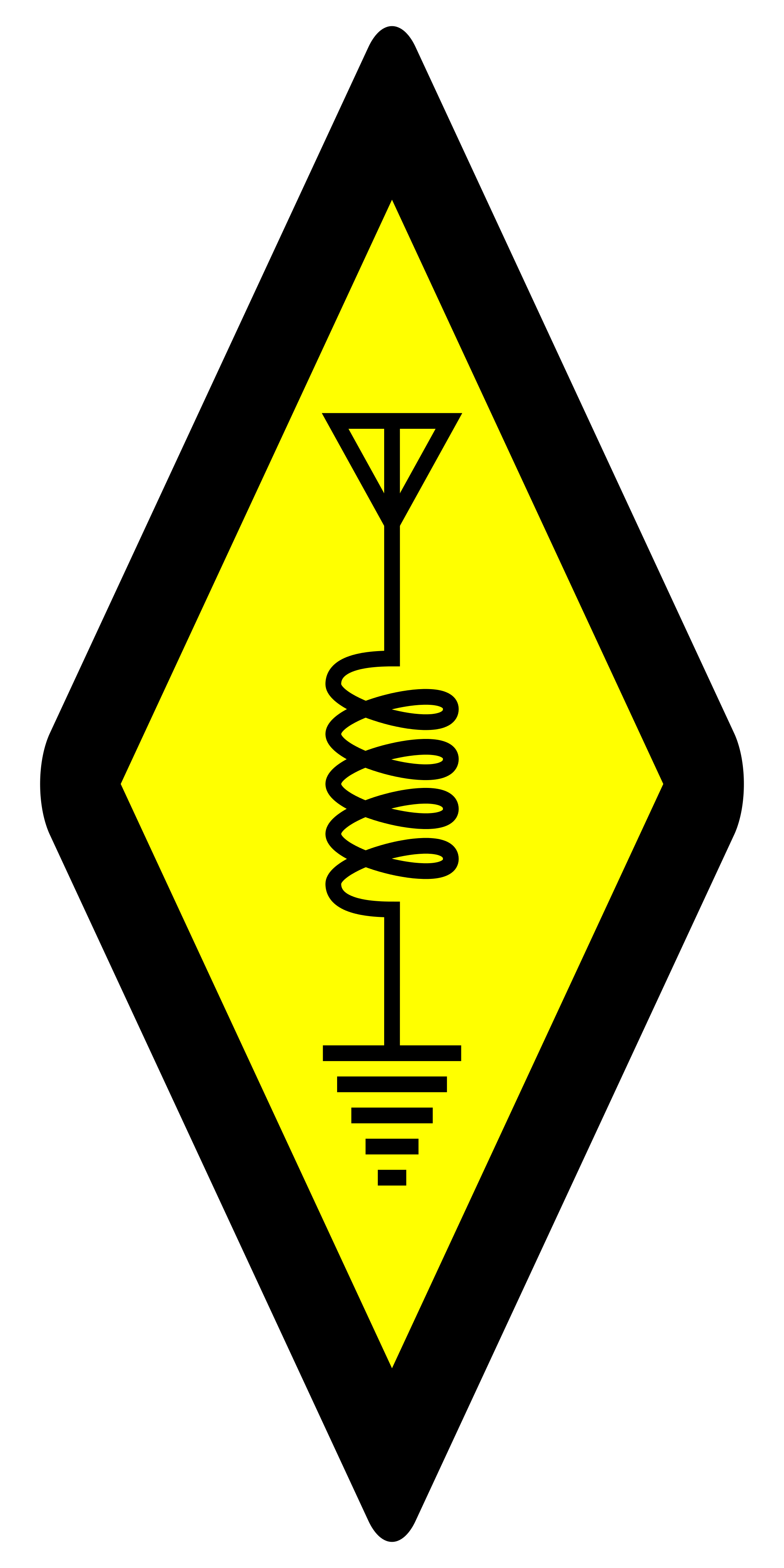

Yep, the park includes the parking lot, but it’s a different not POTA or SOTA park on the east side up the hills. Though there is a summit not too far away (W6/CC-072 San Bruno Mountain) that’s challenging for another reason: it’s littered with FM and TV broadcast towers. I’ve never tried to SOTA it, but I bought a 2m bandpass filter for my handheld for when I’m out hiking it. It’s a pastime listening to folks on 146.52 calling CQ but unable to hear the 10 people trying to respond. It’s such an easy peak to get to but so many folk fail because their radio’s frontend becomes overloaded.
This exercise is definitely an excuse for more ham stuff. If I can squeeze out an additional 3db over what I have, then it’ll be worth it.


I hike with a FT60 too; it’s simple and robust. It’ll handle San Bruno mountain except for right along the top ridgeline. Walking 20 meters downhill will let it work again. That mountain is just a crazy bubble of RF.
I use two techniques to figure out if the handheld I’m carrying will work. First, if the S meter reads at S9 but the squelch isn’t opening, then it’s overloaded. The second is to call into a clearly viable and local repeater. Failing to open the repeater is a pretty good sign of overload.